
Fundamentals
The African Diaspora Rituals, when viewed through the profound lens of textured hair heritage, represent a vibrant, living archive of resilience, cultural preservation, and identity. This concept encompasses the ancestral practices, beliefs, and communal traditions that have shaped the care and styling of hair among people of African descent across continents and through centuries. It is not merely a collection of aesthetic choices; it stands as an explanation of an intricate system of knowledge, passed down through generations, profoundly interwoven with social structures, spiritual understandings, and personal expressions of selfhood. Understanding these rituals begins with acknowledging the deep significance hair held in pre-colonial African societies.
Across various indigenous African communities, hairstyles functioned as a powerful, non-verbal language. They designated an individual’s age, marital status, social standing, tribal lineage, wealth, and even spiritual roles. For instance, in many West African cultures, the patterns of braids conveyed complex messages, acting as visual markers of belonging and personal journey.
The careful, communal act of hair dressing became a sacred space where wisdom, stories, and cultural values were shared, weaving together the human spirit with the very strands of the hair. This was a profound connection to ancestral knowledge, a living library etched into the scalp.
African Diaspora Rituals of hair are a living legacy, embodying ancestral wisdom, communal ties, and expressions of identity across generations.
The physical properties of textured hair – its unique curl patterns, its incredible strength, and its natural propensity for volume – naturally led to specific care practices. Ancestral knowledge cultivated methods that honored these intrinsic qualities, focusing on hydration, protective styling, and the use of indigenous botanical ingredients. This foundational care system ensured hair remained healthy and robust, reflecting a deep respect for the body and its connection to the earth.
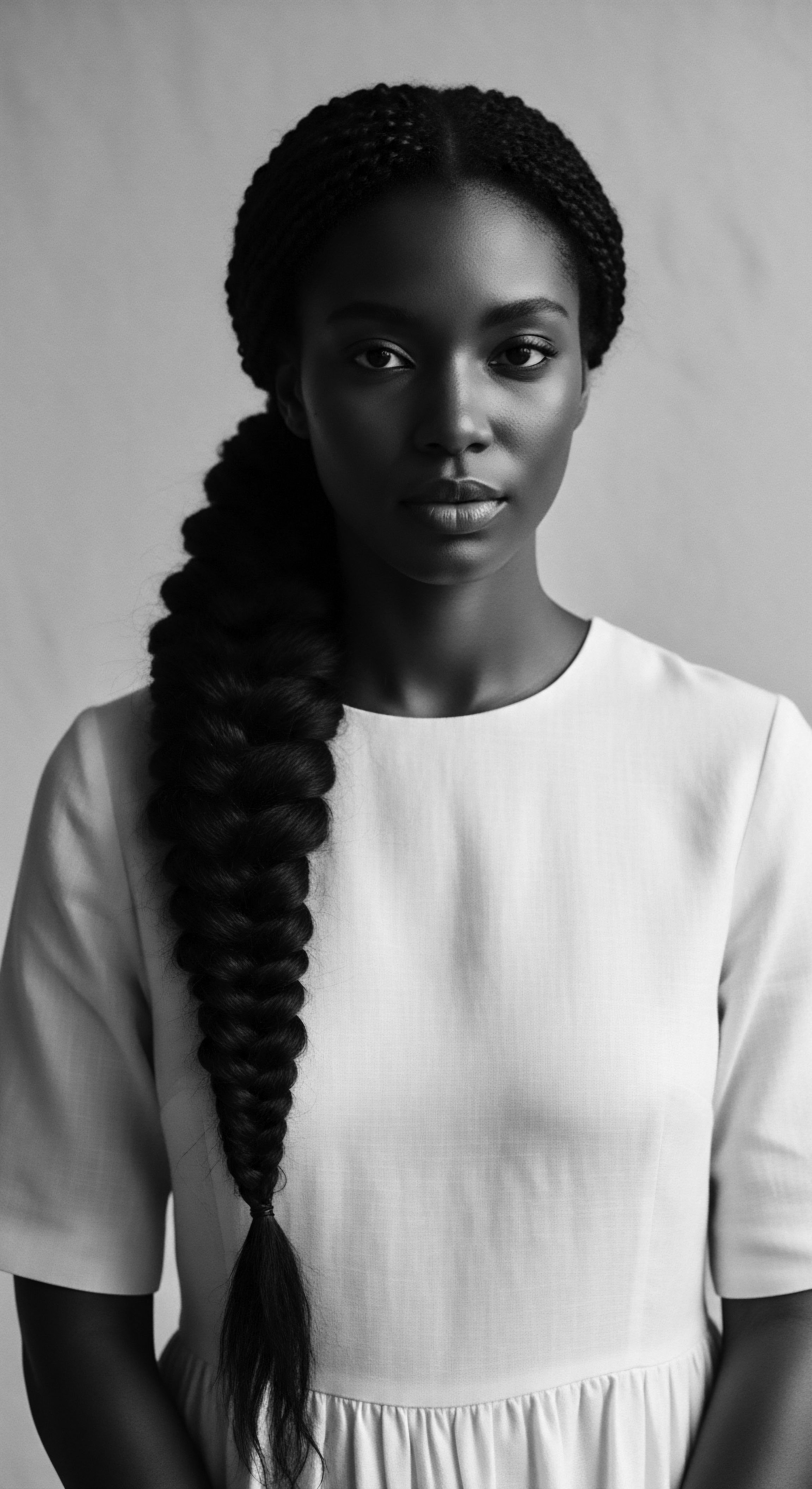
The Genesis of Care
From ancient Egypt to the kingdoms of Kush and various West African civilizations, hair care was a cornerstone of daily life and ceremonial rites. Ancient Egyptians, for example, revered elaborate braids, believing they offered spiritual protection and linked individuals to deities like Hathor, the goddess of fertility and beauty. The inclusion of amulets and charms in braided styles speaks to a belief system where hair served as a conduit for spiritual energy. Kushite culture similarly valued tight, coiled braids and adorned headpieces, emphasizing natural hair textures as a standard of beauty.
- Oral Tradition ❉ Many historical accounts of African hair rituals, including styling techniques and medicinal plant uses, were primarily transmitted through spoken word, song, and hands-on practice, preserving cultural continuity across generations.
- Communal Bonding ❉ Hair styling sessions were often extended social events, strengthening family and community ties as individuals shared stories, news, and techniques while working on each other’s hair.
- Botanical Wisdom ❉ Ancestral communities developed an extensive understanding of local plants for hair health, using ingredients like shea butter, palm oil, and various herbs for cleansing, conditioning, and growth stimulation.
The hair itself was considered a sacred part of the body, often seen as the most elevated point, connecting individuals to the divine. The Yoruba, for instance, held this view, recognizing braided hair as a channel for messages to the gods. This spiritual dimension meant hair care was not merely about cleanliness or aesthetics, but about maintaining spiritual alignment and connection to heritage.

Intermediate
The journey of African Diaspora Rituals in hair care took a profoundly complex turn with the transatlantic slave trade. Uprooted from their ancestral lands, enslaved Africans faced immense pressure to abandon their cultural practices, including their deeply significant hair traditions. European colonizers imposed beauty standards that devalued Afro-textured hair, often deeming it “uncivilized” or “unprofessional”. This systematic suppression aimed to strip individuals of their identity and heritage, yet, in defiance, many sought to preserve these practices.
Despite the forced dehumanization, hair became an invaluable source of connection to homeland and a powerful reminder of self-worth. It evolved into a silent protest, a means of resistance, and a way to reclaim agency and identity. The adaptation and continuation of these rituals, often in secret, became acts of profound cultural preservation and survival. Enslaved individuals, despite scarce resources, found new ways to maintain their hair, often using available materials like cooking oil and animal fats.
Hair practices within the African Diaspora became powerful acts of resistance, symbolizing defiance against oppression and a steadfast commitment to cultural preservation.

Echoes of Resilience ❉ Hair as a Code
One of the most compelling examples of hair as a tool of survival and resistance comes from the historical accounts of enslaved Africans using cornrows to create escape maps and hide provisions. In various parts of South America, notably Colombia, oral histories recount how women braided intricate patterns into their hair that depicted escape routes, landmarks, and paths to freedom. King Benkos Bioho, an escaped enslaved African leader in Colombia, is attributed with the idea of using these hair patterns to communicate without suspicion. Women would braid specific curved patterns to represent roads, and some even hid rice seeds or gold within their tightly woven braids, ensuring survival after their perilous escapes.
This remarkable ingenuity underscores the deep capacity for innovation and the enduring power of ancestral knowledge in the face of unspeakable adversity. It highlights how hair was not merely an adornment but a vital instrument for liberation, a testament to the textured hair heritage.
The practice of hair wrapping also served as a symbol of culture and resilience. While often enforced through oppressive laws, like the Tignon Laws in late 18th-century Louisiana, free Black women transformed head coverings into statements of dignity and fashion, using luxurious fabrics and elaborate styles to assert their identity. This demonstrates the adaptive spirit of African Diaspora Rituals, where tools of oppression were subverted into symbols of pride.
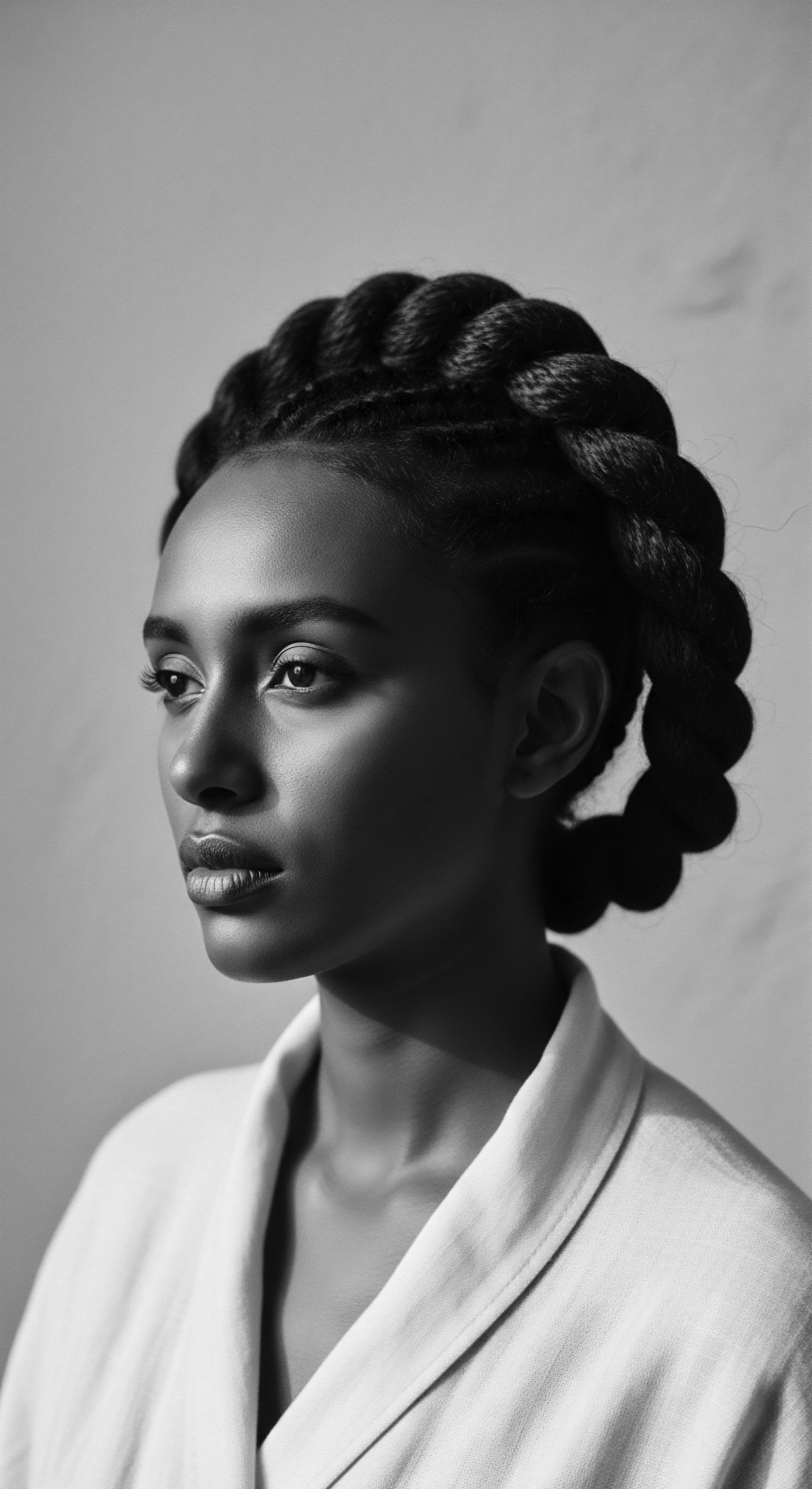
The Shifting Sands of Perception
Post-emancipation, the struggle for acceptance continued, often manifesting in societal pressures to conform to Eurocentric beauty standards. The concept of “good hair”—typically defined as straighter, looser textures—gained prominence, while natural, tightly coiled hair was often deemed “bad” or “unprofessional”. This internalized bias led many Black women to rely on chemical relaxers and hot combs to alter their hair texture, seeking social and economic mobility. Yet, the communal aspect of hair care persisted, with Sunday hair rituals becoming a cherished tradition for bonding and maintaining connection.
The Civil Rights Movement of the 1960s marked a significant turning point. The afro hairstyle emerged as a powerful symbol of Black pride, activism, and a direct challenge to oppressive beauty norms. Wearing natural hair became a political statement, a reclamation of cultural heritage, and a rejection of assimilationist pressures. This period saw a resurgence of various traditional styles, including cornrows, braids, and locs, affirming the aesthetic and political significance of textured hair.
- Cornrows as Maps ❉ Enslaved women would intricately braid patterns into their hair, with specific curves and lines representing escape routes and hiding places for freedom.
- Seed Concealment ❉ Rice and other essential seeds were often hidden within braids, providing a means for survival and future sustenance for those who managed to escape.
- Headwraps as Defiance ❉ Laws designed to mark enslaved and free Black women with head coverings were ingeniously transformed into expressions of high fashion and cultural identity.
The natural hair movement continues today, emphasizing self-acceptance, empowerment, and a reconnection to ancestral roots. This contemporary movement draws directly from the deep historical meaning of African Diaspora Rituals, celebrating the versatility and beauty of textured hair and challenging persistent hair discrimination in various social spheres.
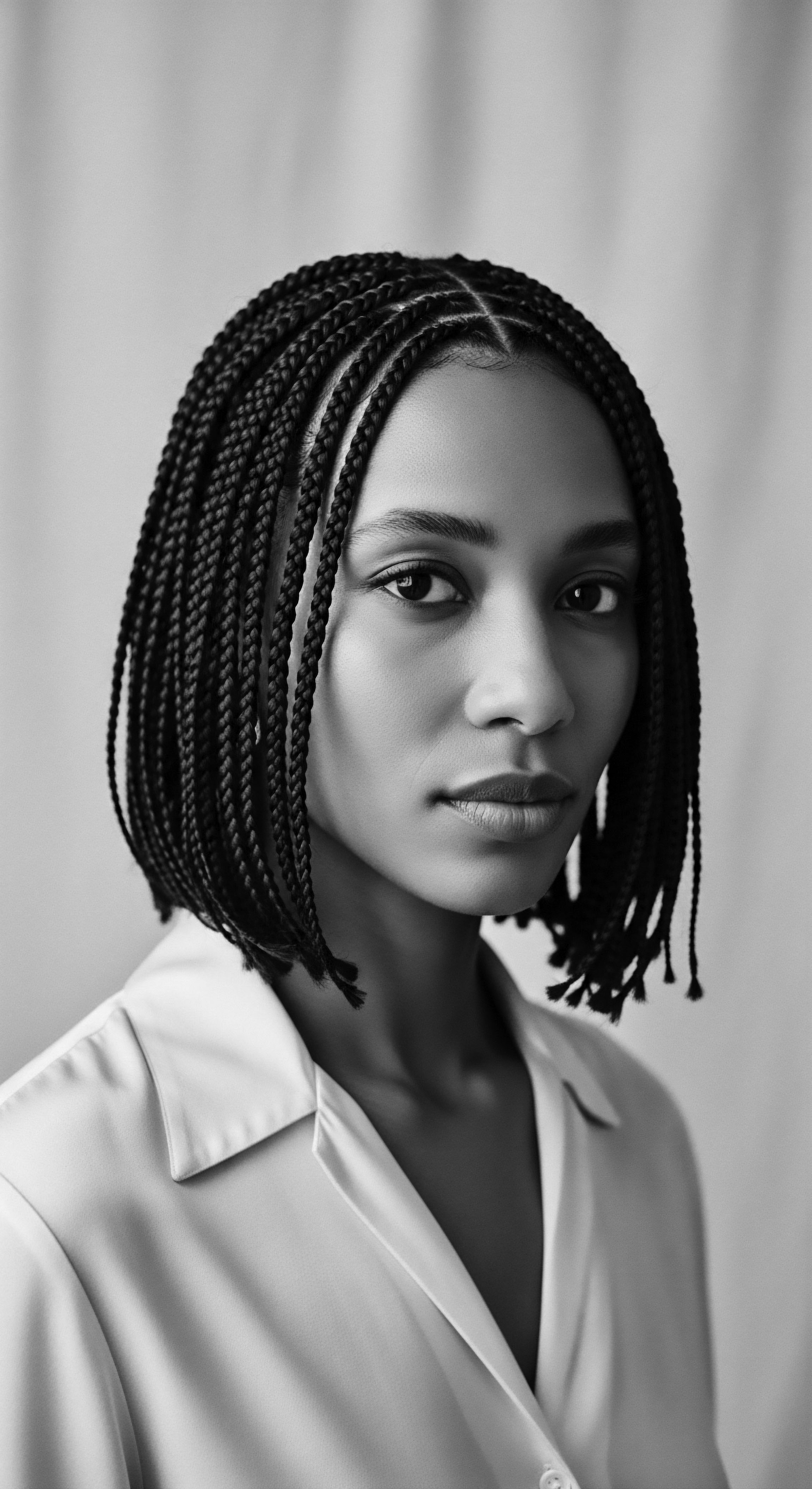
Academic
The African Diaspora Rituals, when meticulously examined through an academic lens, transcend a simple explanation of hair practices; they represent a complex intergenerational dialogue between ancestral knowledge, embodied cultural memory, and socio-political resistance, all intricately woven into the very structure of textured hair. This concept elucidates the profound continuum of care, adornment, and communication that has sustained Black and mixed-race communities globally, offering a robust framework for understanding the interplay between biology, tradition, and identity. Its significance extends beyond mere aesthetics, reaching into the realms of ontology, psychology, and even ethnobotanical science, where deep insights into human flourishing can be gleaned.
A rigorous delineation of the African Diaspora Rituals requires an appreciation for its inherent dynamism. It is not a static collection of customs but a living, evolving set of practices that respond to historical pressures and contemporary expressions of selfhood. The meaning of these rituals is therefore fluid, shaped by distinct regional adaptations across the Caribbean, North and South America, and Europe, yet always anchored by a shared ancestral legacy.
African Diaspora Rituals are a dynamic tapestry of inherited wisdom, collective memory, and adaptive cultural practices, defining identity and well-being through hair.

Ontological Foundations of Afro-Textured Hair
In pre-colonial African societies, hair carried an ontological significance that positioned it as more than biological material; it was a potent symbol of spiritual power, social standing, and individual identity, deeply embedded in cosmological views. As Fashola and Abiodun (2023) highlight, the significance of hair is deeply rooted in African ontology, capable of depicting leadership status and even signifying mourning or a lack of dignity when completely removed. For the Yoruba people of Nigeria, hair is celebrated as a “crown of glory,” a vital link to ancestors and deities, underscoring its role as a spiritual medium. This sacred perspective meant that hair care was not merely a physical act but a spiritual ritual, a devotional practice that honored both the individual and their collective lineage.
The intricate braiding processes, often spanning hours or days, served as social gatherings, fostering communal bonding and transmitting cultural narratives alongside styling techniques. The intentionality behind each strand, each coil, each pattern, reveals a sophisticated understanding of self in relation to community and the cosmos.
The anatomical particularities of Afro-textured hair—its unique elliptical follicular structure, high curl density, and propensity for dryness due to sebum distribution patterns—underscore the necessity for specialized care. Traditional African Diaspora Rituals developed precise methods for nourishing and protecting this hair type long before modern trichology emerged. These methods, often involving natural oils, butters, and protective styles, were intuitive responses to hair physiology, aiming to minimize breakage and retain moisture. This deep-seated, inherited knowledge of hair structure and its corresponding care requirements forms a critical underpinning of these rituals.

The Psychosocial Terrain of Hair Discrimination
The forced displacement of the transatlantic slave trade violently disrupted these ontological understandings, introducing an insidious form of racial discrimination centered on hair texture. Enslavement sought to strip individuals of their cultural markers, including their hairstyles, leading to the imposition of Eurocentric beauty ideals that pathologized Black hair. This historical trauma gave rise to the harmful dichotomy of “good” versus “bad” hair, perpetuating an internalized bias that continues to affect individuals of African descent. The enduring impact of this discrimination is evident in contemporary societal attitudes, where textured hair often faces scrutiny in educational and professional settings.
The psychological distress and mental instability stemming from hair discrimination are well-documented phenomena, highlighting the profound connection between hair, self-esteem, and well-being within the African Diaspora. The act of chemically altering hair texture to conform, a practice popularized by figures like Madam C.J. Walker (who promoted the hot comb and related products) in the early 20th century, speaks to the immense societal pressure individuals faced for acceptance.
However, the resurgence of the natural hair movement in recent decades represents a powerful counter-hegemonic response, a collective reclaiming of identity and a deliberate challenge to these entrenched norms. This movement, rooted in the heritage of resistance, affirms the inherent beauty and versatility of Afro-textured hair.
A compelling statistic underscoring the deep roots of this identity shift is the significant decline in relaxer sales over the past decade, concurrent with the growth of the natural hair movement. While precise global figures are dynamic, various market analyses have reported a sharp drop in chemical relaxer sales, with some sources indicating a decrease of over 50% in the U.S. market since 2010, as consumers increasingly opt for products that support natural textures. This statistic offers a tangible measure of the collective shift back towards African Diaspora Rituals centered on natural hair, reflecting a powerful cultural re-alignment and a widespread affirmation of ancestral beauty.
| Era/Movement Pre-Colonial Africa |
| Dominant Hair Philosophy Hair as spiritual conduit, social marker, communal art. Practices focused on natural ingredients and protective styles. |
| Ancestral Link/Modern Validation Direct continuation of ancestral wisdom, validated by ethnobotanical studies on plant benefits. |
| Era/Movement Transatlantic Slave Trade & Post-Emancipation |
| Dominant Hair Philosophy Hair as a symbol of resistance, communication, and covert survival (e.g. cornrow maps); later, pressure to straighten for assimilation. |
| Ancestral Link/Modern Validation Adaptation of ancestral practices under duress; the innate resilience of textured hair to be styled protectively. |
| Era/Movement Civil Rights & Black Power Movement (1960s-1970s) |
| Dominant Hair Philosophy The Afro and natural styles as symbols of Black pride, political defiance, and cultural reclamation. |
| Ancestral Link/Modern Validation Re-emphasis of ancestral aesthetics; scientific understanding of hair biology affirming the natural form. |
| Era/Movement Contemporary Natural Hair Movement (2000s-Present) |
| Dominant Hair Philosophy Celebration of natural texture, self-acceptance, holistic hair health; challenging discrimination. |
| Ancestral Link/Modern Validation Synthesis of ancestral practices with modern hair science; ongoing exploration of traditional ingredients and techniques. |
| Era/Movement This table illustrates the journey of African Diaspora hair rituals, from deep ancestral roots to contemporary expressions of identity and self-affirmation. |

Biocultural Symbiosis ❉ Traditional Knowledge and Modern Science
A particularly insightful area of exploration lies in the biocultural symbiosis between traditional African Diaspora Rituals and modern scientific understanding. Ethnobotanical research increasingly affirms the efficacy of ancestral plant-based hair care practices. Studies on African plants used for hair treatment and care, for example, have identified numerous species with properties relevant to hair growth, scalp health, and even broader physiological connections. Mouchane, Taybi, Gouitaa, and Assem (2023) conducted an ethnobotanical survey in Northern Morocco, identifying 42 plant species from 28 botanical families traditionally used for hair care, with many showing potential for anti-hair loss and anti-dandruff benefits.
Similarly, Okoro et al. (2024) documented 68 plant species used in African hair treatments, noting that 58 of these have potential as antidiabetic treatments when taken orally, raising compelling questions about a “topical nutrition” paradigm where what is applied to the scalp might have systemic implications.
This emerging research suggests that the sophisticated traditional knowledge embedded within African Diaspora Rituals was not merely empirical but often aligned with a deeper understanding of biochemistry and physiology, even if articulated through different cultural frameworks. The traditional focus on cleansing without stripping natural oils, maintaining moisture, and utilizing ingredients rich in nutrients speaks to an inherent scientific literacy passed down through generations. These insights offer a pathway for contemporary textured hair care to truly honor its heritage, developing solutions that integrate ancient wisdom with scientific rigor, ensuring products genuinely serve the unique needs of Afro-textured hair.
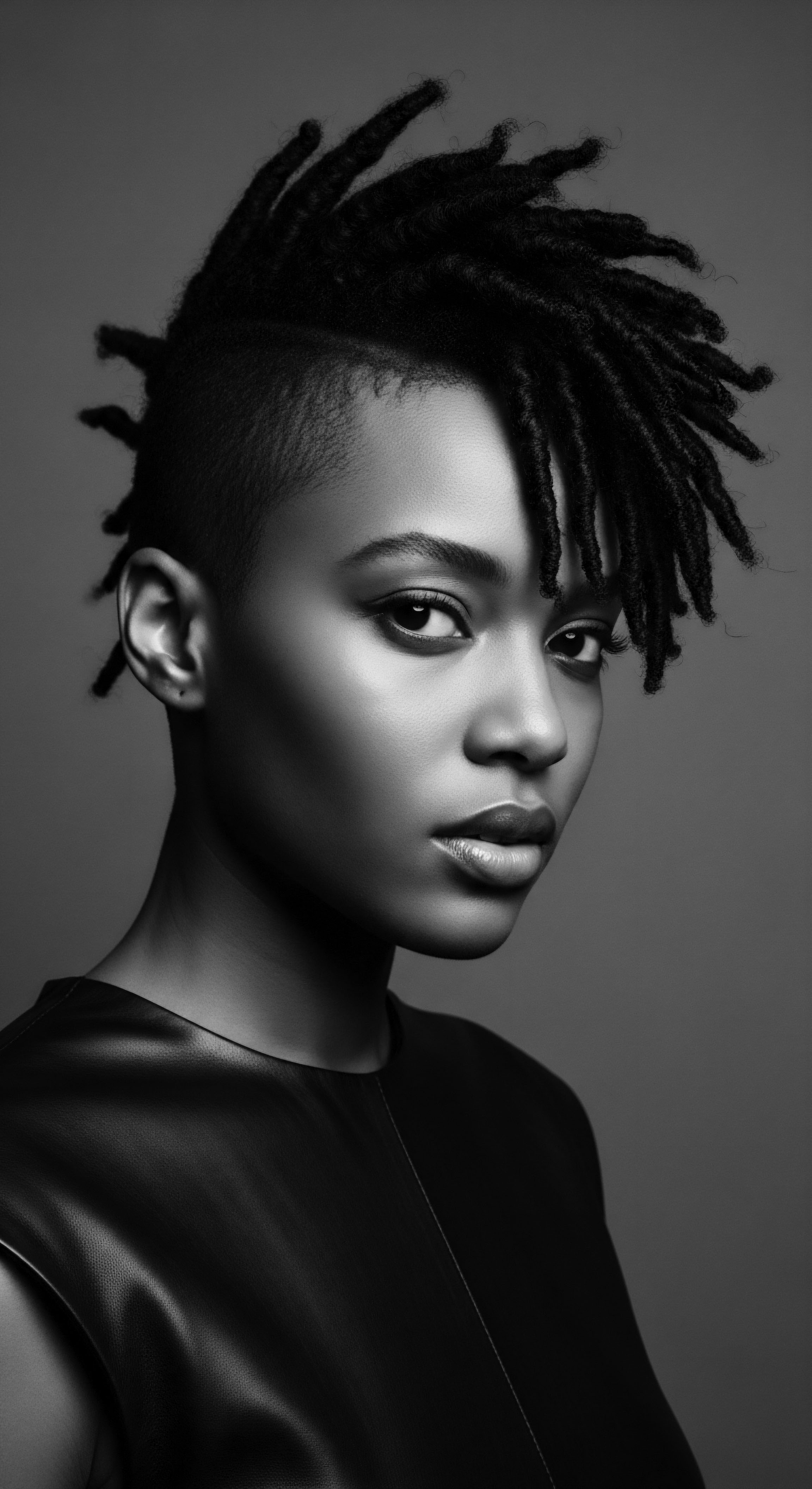
Reflection on the Heritage of African Diaspora Rituals
The journey through the African Diaspora Rituals, particularly as they relate to textured hair, reveals a profound, continuous story of human spirit. From the elemental biology of the strand to the intricate communal practices of care, and then to the boundless expression of identity, each aspect testifies to the resilience and deep wisdom of a people. These rituals are not relics of a distant past; they are living testaments to cultural fortitude, echoing from the sacred groves of ancestral lands into the vibrant present. They serve as a cherished inheritance, providing comfort, strength, and a clear sense of belonging for those who connect with their hair’s ancestral story.
The textured hair upon our heads holds memories of ingenuity, acts of quiet defiance, and generations of unwavering pride. It invites us to pause, to listen to the whispers of ancient hands braiding wisdom into form, to feel the connection to a legacy of care and self-love. This understanding allows us to appreciate that every coil, every twist, every loc, is a thread in the rich tapestry of collective heritage. As we continue to learn and to share these stories, we reinforce the truth that textured hair is far more than its physical composition; it is a profound manifestation of history, identity, and an enduring spirit.
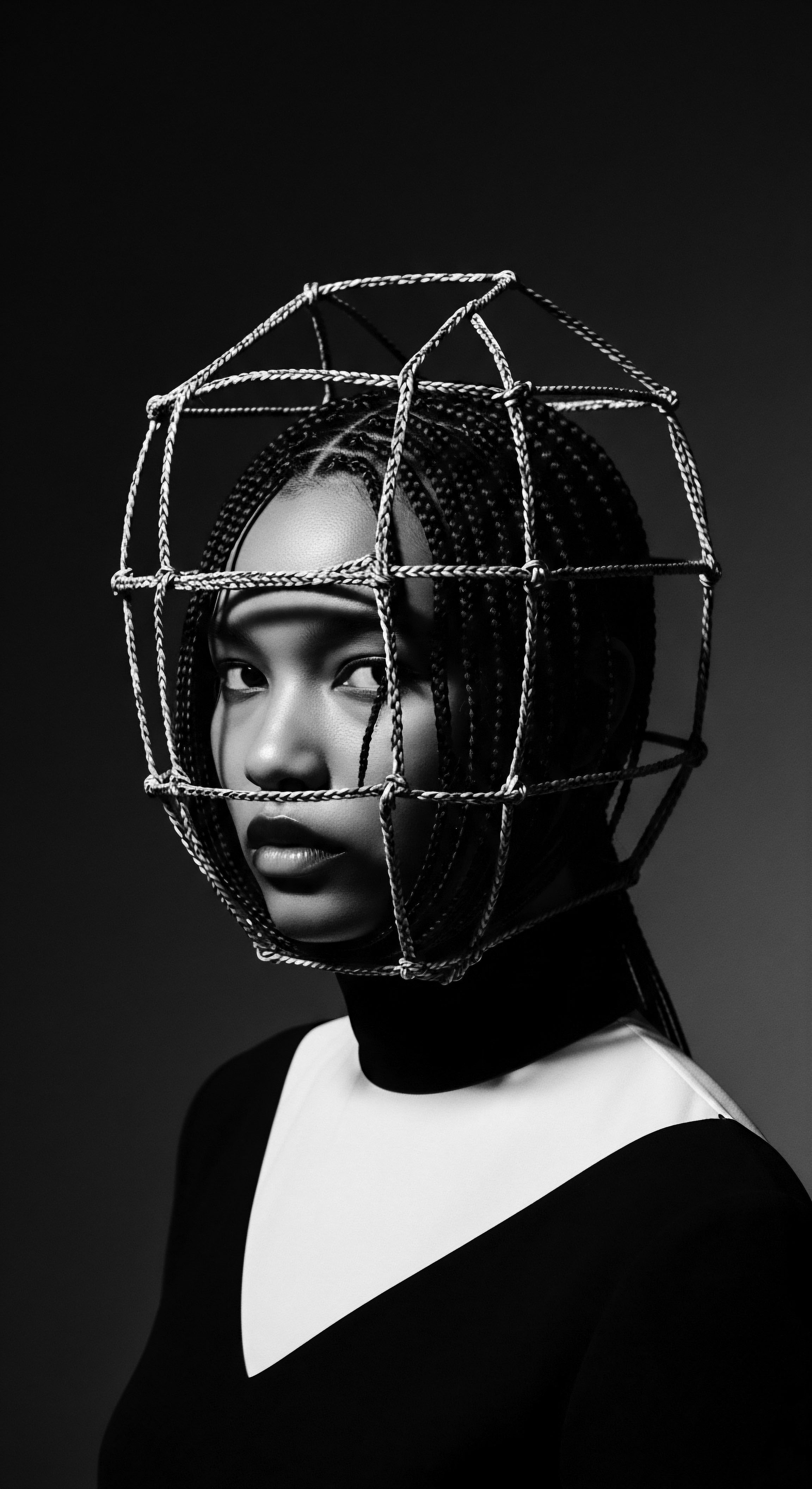
References
- Byrd, A. & Tharps, L. L. (2001). Hair Story ❉ Untangling the Roots of Black Hair in America. St. Martin’s Press.
- Fashola, J. O. & Abiodun, H. O. (2023). The Ontology of Hair and Identity Crises in African Literature. IASR Journal of Humanities and Social Sciences .
- Lashley, M. (2018). The Importance of Hair in the Identity of Black People. (Derived from journal ❉ Nouvelles pratiques sociales ).
- Leach, E. (1958). Ritual. George Allen & Unwin. (This is a foundational work by Leach, often cited in anthropology for symbolism).
- Mouchane, M. Taybi, H. Gouitaa, N. & Assem, N. (2023). Ethnobotanical Survey of Medicinal Plants used in the Treatment and Care of Hair in Karia ba Mohamed (Northern Morocco). Journal of Medicinal plants and By-products, 13(1), 201-208.
- Okoro, I. J. et al. (2024). Cosmetopoeia of African Plants in Hair Treatment and Care ❉ Topical Nutrition and the Antidiabetic Connection?. Diversity, 16(2), 96.
- Pitts, Y. L. (2018). Black Women’s Hair ❉ A Social and Political History. (Often cited in academic discussions on Black hair).
- Sherrow, V. (2006). Encyclopedia of Hair ❉ A Cultural History. Greenwood Press.
